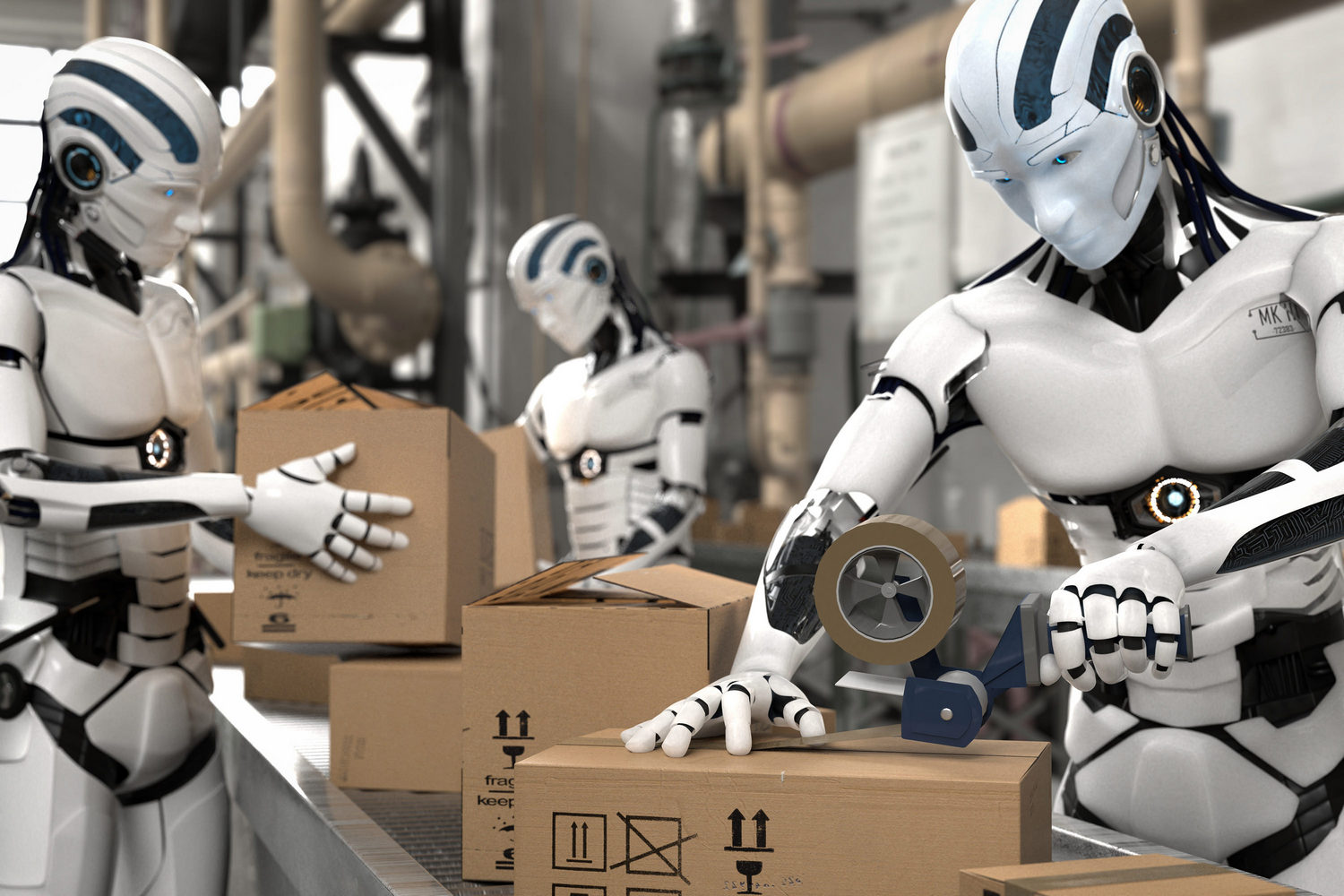Many firms in advanced economies are currently facing difficulties in recruiting labor and filling their vacancies. There are several factors contributing to the tightness of the labor markets, including restrictive immigration laws, the retirement of large baby boomer cohorts and Covid-induced exits. It has been shown that firms manage to address labor shortages by investing in automation technologies, such as industrial robots. While it is reasonable to predict that labor shortages can induce firms to adopt automation technology, there is a lack of causal evidence to support this hypothesis.
In a recent IZA Discussion Paper, Katja Mann and Dario Pozzoli fill this gap by providing empirical evidence on the effect of an increase in the local supply of low-skill labor on firms’ adoption of robots with high-quality data for Denmark. Their main hypothesis is that the inflow of non-Western migrants into Denmark since the 1980s has increased the supply of low-skill labor, lowered labor costs and thereby reduced the need for firms to automatize their jobs. As a consequence, fewer robots have been adopted in municipalities with a large share of migrant workers. Vice versa, robot adoption would then be more widespread in labor markets with a shortage of low-skill workers.
The authors tease out causality in the relationship between immigration and automation by estimating firm-level regressions covering the time period 1995-2019, in which they exploit exogenous variations in the migrant share both across time and municipalities. Specifically, they instrument the share of migrant workers via a shift-share instrument which relies on the municipalities’ share of migrants by country of origin in 1993, well before robot use became widespread.
Robots and low-skill labor are substitutes
Consistent with their intuition, the authors find that a one percentage point increase in the share of non-Western migrants decreases the probability of robot adoption by 7%. Moreover, an increase in the share of non-Western immigrants is associated with a decline in the value of imported robots. If low-skilled workers and robots are substitutes, then a firm’s decision whether to adopt a robot instead of employing a human worker will depend on relative factor prices. Indeed, the analysis shows that the average value of imported robots within a municipality is positively correlated with immigrant workers’ average wages.
The findings carry important policy implications at a time when many countries have restrictive immigration policies in place and are experiencing labor shortages (especially in terms of low-skilled workers) due to the retiring of large baby boomer cohorts. The key finding that immigration and robot adoption are substitutes suggests that automation technology is expected to become more widespread over the next decades in response to labor shortages. According to the authors, it is therefore important to implement policies ensuring that young workers entering the labor force can collaborate, rather than compete with robots. Retraining measures should also be designed in order to help older workers’ transition into non-automatable tasks.
